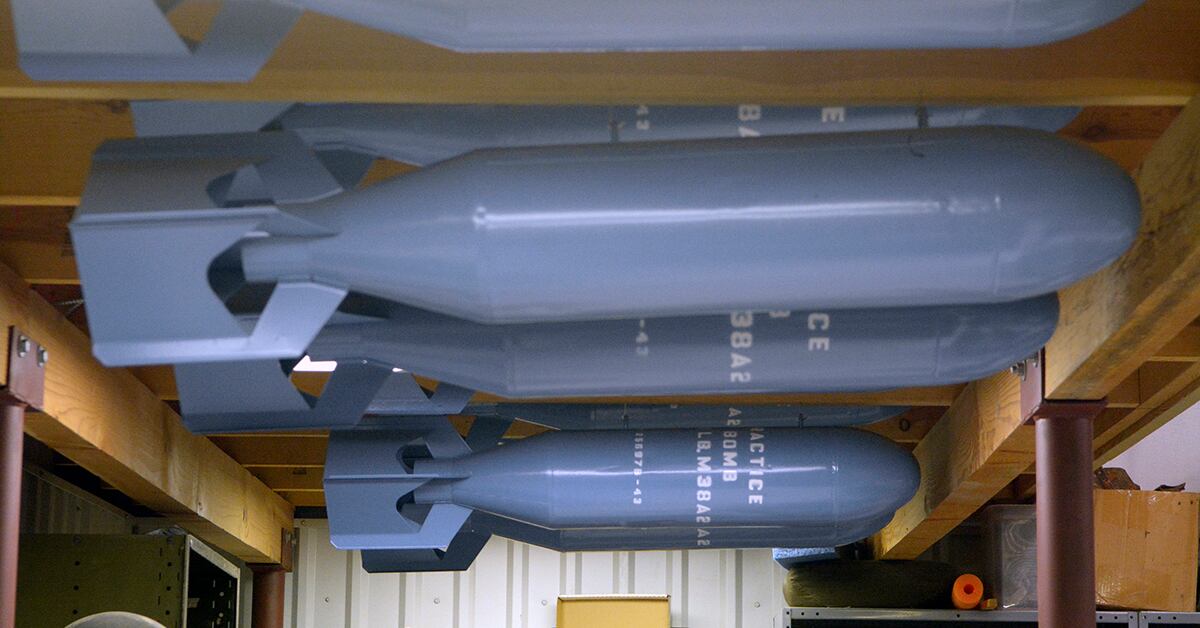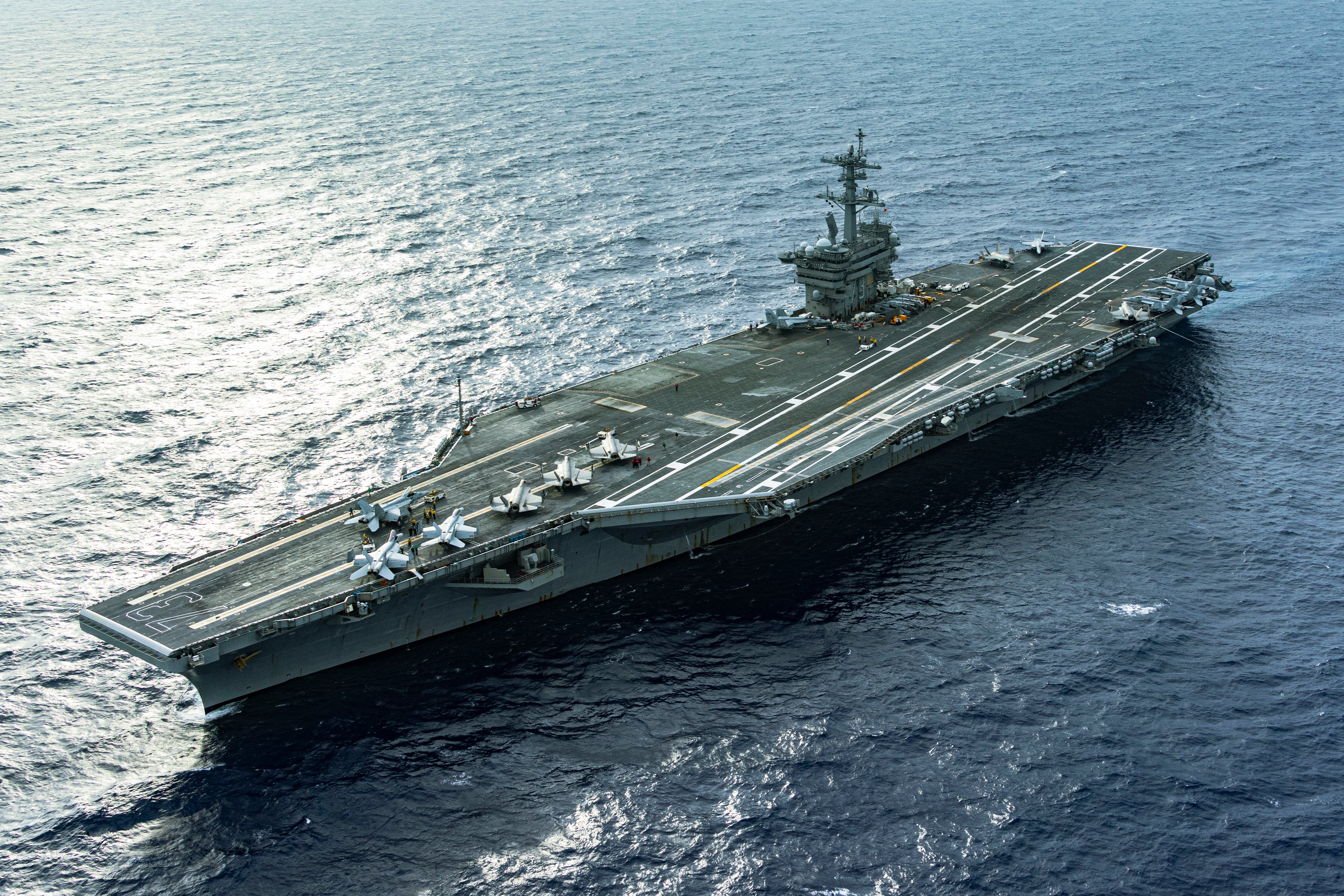ALBUQUERQUE, N.M. — Dave McBride held an old, rusty, 4-foot-long bomb and explained how it was used in target practice training on Albuquerque’s West Mesa during World War II.
It was found, he said, by workers during the construction of Double Eagle II Airport in 1982.
The West Mesa was littered with these dummy “bombs” as crews flying AT-11 Beechcraft Kansan airplanes trained to become bombardiers for larger aircraft, including the B-29 Superfortress, the B-17 Flying Fortress and the B-24 Liberator.
McBride, leader of the Lobo Wing of the Commemorative Air Force, was standing in the organization’s hangar at Moriarty Municipal Airport on a recent weekday where wing members are in the process of restoring a 1941 AT-11 — but not just any AT-11.
This is the only one in existence known to have been assigned to what was then Albuquerque Army Air Base, which later became Kirtland Army Air Field.
The goal is to have it restored and in good flying condition so it can be displayed at air shows across the country.
The plane, No. 15 off the Beechcraft assembly line in Wichita, Kansas, was delivered to Albuquerque in January 1942. About 50 of the planes were in operation at the peak of training and an estimated 5,200 trainees went through the program, McBride said.
“When it is restored, it will be the oldest known flying AT-11 in the world,” he said, and one of only five still flying in the U.S.
All together, the Beechcraft factory produced 1,584 of these aircraft, but not all of them were for the American military, said Scott Witschger, Lobo Wing executive officer and restoration project manager.

The aircraft originally was built for the Chinese air force, which wanted them for use as a light to medium bomber.
The aircraft had a wingspan of nearly 48 feet, could cruise at 180 mph and had a ceiling in excess of 18,000 feet. The cabin, however, was not pressurized and the plane’s normal operational altitude was 5,000 feet or below, Witschger said.
As used for training in Albuquerque, the airplane carried a pilot and navigator in the two front seats, and two bombardier trainees behind. It was loaded with ten 100-pound dummy bombs that were dropped on three different kinds of West Mesa targets.
One target was a simple large circle; another was a plywood city modeled after the German city of Schweinfurt, where ball bearings were made; and the third was the rock outline of the German battleship Tirpitz, Witschger said.
The nonprofit Commemorative Air Force has as its mission to acquire and restore old combat airplanes to flying condition and to educate the public about these aircraft and the historical context of the times in which they were produced and flown, McBride said.
The organization began in 1957 when a group of former service pilots in Texas pooled their money to purchase a P-51 Mustang and restore it. Other airplanes were subsequently added and restored, and the organization expanded.
Today, the Commemorative Air Force, headquartered in Dallas, has chapters in every state and in 28 foreign countries. It boasts a membership of 13,000 and a worldwide inventory of nearly 180 aircraft.
The Lobo Wing has about 50 members. The chapter was started in 1984 and was originally based out of the old Coronado Airport, then for a while out of Double Eagle II Airport. It moved to its current Moriarty location in 2003.
The wing already has restored a 1944 Fairchild PT-26 Cornell primary trainer. That project took 12 years to complete, McBride said.
The AT-11 airplane came from a chapter in Michigan, which learned of the Lobo Wing’s interest in the airplane and its historical ties to Albuquerque. If all goes well, the plane could be flightworthy by the middle of 2019, Witschger said.
The biggest barrier to the restoration project is money. He estimates about $250,000 will have been invested in the project by the time it is finished.
The other problem is simply finding parts.

When the military decommissioned these aircraft, Witschger said, they were stripped of armaments and instruments, and most were sold for their scrap metal value. Consequently, some parts are difficult or impossible to find, requiring that they be hand-fabricated in machine shops where they can.
Despite the time, effort and money required, this is “a labor of love and a passion” that transcends the simple restoration of an airplane, McBride said. “We’re preserving a piece of Albuquerque history.”
Information from: Albuquerque Journal, http://www.abqjournal.com









